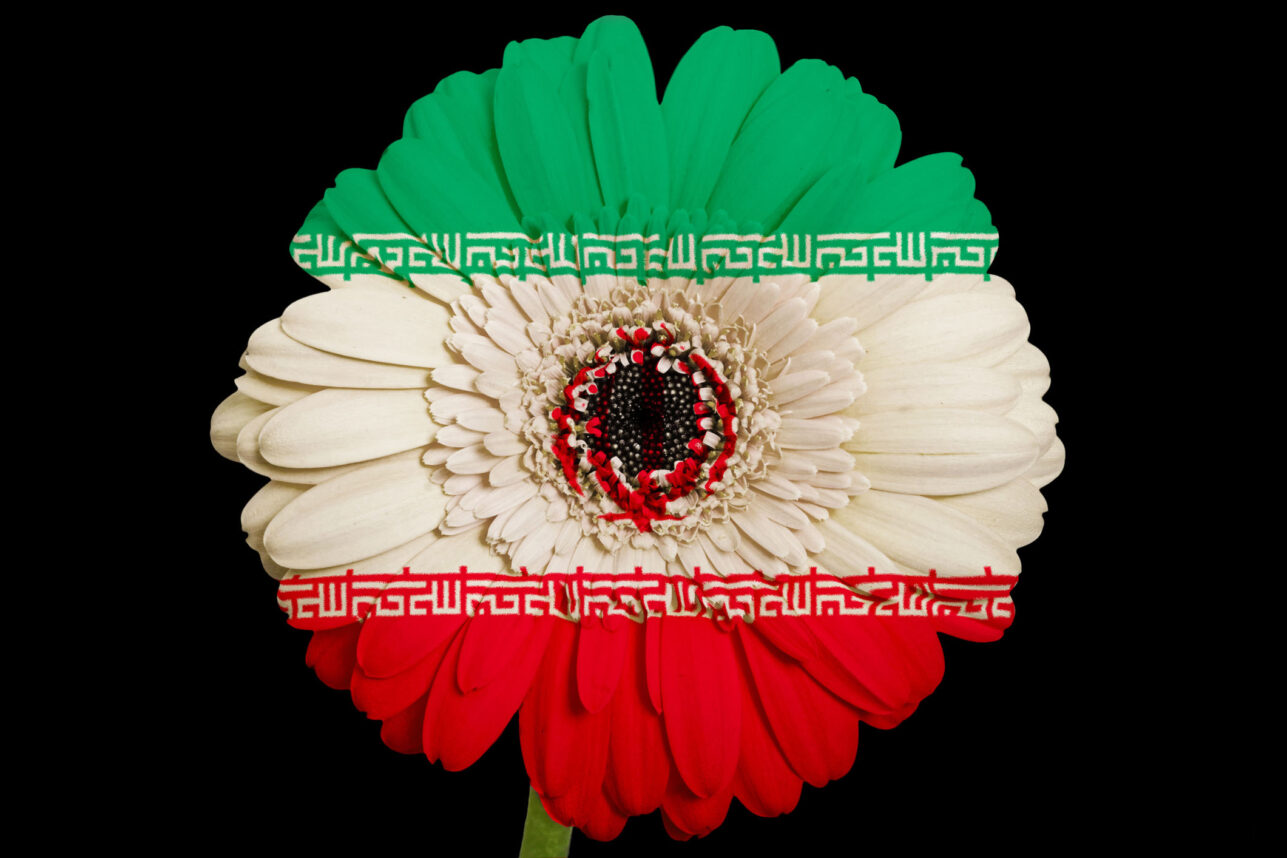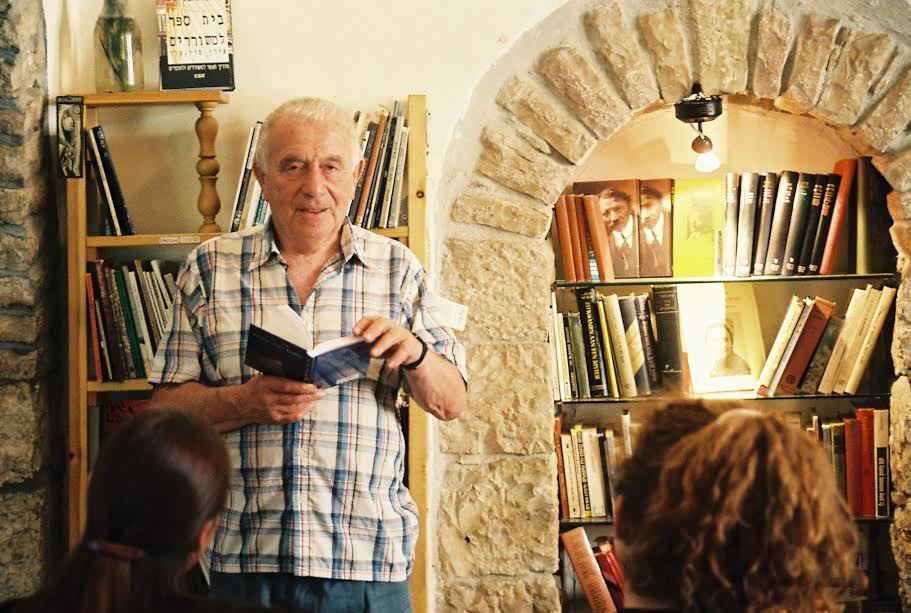Getting Stuffed on Sukkot
\”The most common Sukkot dishes are filled foods, particularly stuffed vegetables and pastries, symbolizing the bounty of the harvest,\” wrote chef Rabbi Gil Marks in his cookbook, \”The World of Jewish Entertaining\” (Simon & Schuster, 1998).
Over the centuries, Jewish cooks have gutted and chopped nearly every edible plant species, mixing the pulp with onions, breadcrumbs, matzah meal, meat, spices and assorted vegetables and fruit. They then stuffed these aromatic concoctions inside the vegetables\’ cavities, roasting them to create heavenly results.
During the weeklong celebration of Sukkot, people eat their meals in a sukkah, or temporary hut, and holiday recipes call for seasonal produce.





 More news and opinions than at a Shabbat dinner, right in your inbox.
More news and opinions than at a Shabbat dinner, right in your inbox.